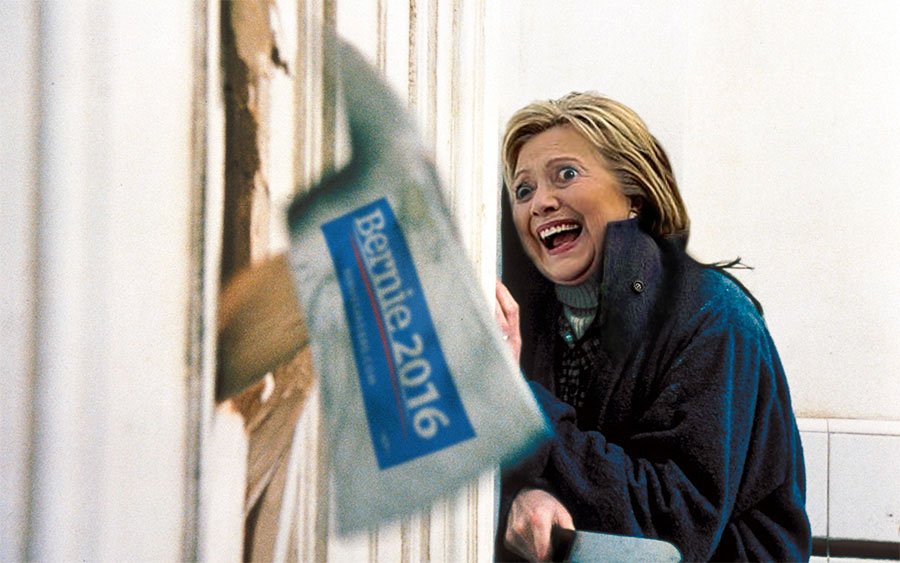Transcript
ARI SHAPIRO, HOST:
College sports generates about $13 billion a year. Very little of that goes to the athletes who play the games that make that much money – mostly Division I football and basketball players. That imbalance and the effort to fight it is a subject of Joe Nocera’s new book called “Indentured: The Inside Story Of The Rebellion Against The NCAA.” Nocera and his co-author, Ben Strauss, follow the history the NCAA and the fights over athlete pay from the 1950s through a recent class-action lawsuit led by a former UCLA player named Ed O’Bannon. Sprinkled throughout this history are little anecdotes about players who’ve been mistreated by the NCAA, like a basketball player from Nigeria named Muhammed Lasege. He dreamed of playing in the U.S.
JOE NOCERA: Somebody tells him, well, the way you do this is, you go to Russia, and it’s a way station for the United States. So he goes to Russia, and basically, he’s told that he has to sign a professional contract which, by the way, he can’t read because it’s in Russian. And he has to play basketball in Russia, and he’s going to be paid a certain amount of money. In fact, he doesn’t get any money, and he’s basically stuck in Russia…
SHAPIRO: This is a total scam.
NOCERA: …Playing basketball. Yeah, it’s a 100 percent scam.
SHAPIRO: And then what does the NCAA do when he gets to the U.S.?
NOCERA: Well, immediately (laughter) when he gets to the University of Louisville where he’s accepted to play basketball, the NCAA rules him ineligible because he’s been a professional in Russia. And he sues. And in court, the head investigator is on the stand, and Lasege’s lawyer asks her if somebody put a gun to a kid’s head and said, you have to sign this, or I’ll shoot you, would he be ineligible to play college ball? And she said yes.
SHAPIRO: The principles that underlay the NCAA’s philosophy seem like reasonable principles. Students should be amateurs. They should be college students. They should not be paid millions of dollars. But so many of the stories you tell seem like distortions of those reasonable principles, like people are just divorced from reality or out to get a student for no good reason. Did you get a sense of what is actually going on (laughter) in people’s heads in all of these stories that you retell?
NOCERA: I think I do have a pretty good sense of it. Amateurism, which is the core principle of the NCAA, may have started out as a good idea, but with so much money now flowing into college sports, it’s become a sham. And it’s become kind of an excuse not to pay the labor force who are brining in the billions of dollars that are enriching everybody else. The NCAA itself is a kind of bureaucratic, rules-oriented organization, and it’s very suspicious, particularly of disadvantaged black youth who are coming out of high school who may have a benefactor of some sort. And they’re always kind of looking for those kinds of players that they can then investigate and, in many cases, rule ineligible.
SHAPIRO: Do we miss the larger story when we’re talking about poor, black college athletes whose lifeline out of poverty to an education comes with all of these terrible catches when, in fact, they are the tiniest sliver of people with the athletic ability to get the lifeline (laughter) out of poverty, strings attached or no?
NOCERA: There’s a fair amount of truth to what you just said. On the other hands, the exploitation that is taking place in terms of enrolling them in a university – and then they’re expected to put their sport first and their education second. Their sport is a full-time job – 40 to 50 hours a week. And then the coach is making $5 million. The athletic director’s making $2 million. The conference is bringing in, you know, $200 million in television revenue. And by the way, very few of them do, in fact, become pros. Very few of them do, in fact, make money.
SHAPIRO: Something like 5 percent, you said…
NOCERA: Yeah, it’s a very small…
SHAPIRO: …of the male football and…
NOCERA: Right.
SHAPIRO: …Basketball players.
NOCERA: So you’ve got these kids who are between the ages of 18 and 21. This is the time when they are marketable, when they actually have the ability to make some money, and you’re basically saying to them, except for the 5 percent, we’re going to exploit you; good luck once you’re done.
SHAPIRO: Your book tells the story of a rebellion that nearly crushed the NCAA but ultimately didn’t quite.
NOCERA: That’s right. And I find that very disheartening, I might add.
SHAPIRO: Well, what do you think happens next? Do you think the chapters of the story yet to written are going to be more dramatic? Are things going to calm down? Where does it go?
NOCERA: We’re going to find out in the next few years. I feel like I’ve written this book while we’re still in the middle of something that hasn’t completely paid out. What has been surprising is that in the lawsuits, particularly the famous Ed O’Bannon antitrust lawsuit against the NCAA, the courts, including the appeals court, has ruled that the NCAA’s amateurism rules are in violation of the antitrust laws. But the judges are afraid of blowing up the system. So they won’t take the next obvious step, which is to say, if the rules are in violation of antitrust, the rules should go away.
SHAPIRO: Well, just in practical terms, what is breaking up a monopoly like this mean?
NOCERA: You would just say that the NCAA no longer has the right to regulate compensation – very simple.
SHAPIRO: So it’s just a market system.
NOCERA: Yeah. But there are other lawsuits coming down the pike, and I do think that the best hope, although it’s difficult, is the players themselves. And the example that I point to is the Missouri football team essentially going on strike because of racism issues on that campus. And they showed in a weekend how much power athletes can have because the president of the university resigned within 36 hours.
SHAPIRO: But it doesn’t sound like you’re very confident that this is going to happen.
NOCERA: I think it’s really, really hard for 18- and 19-year-old kids who think they’re going to be professional athletes to stand up to the system and say this is not right.
SHAPIRO: Joe Nocera’s new book with co-author Ben Strauss is called “Indentured: The Inside Story of the Rebellion Against The NCAA.” Thanks for talking with us.
NOCERA: Thanks for having me, Ari. It was a real pleasure.
SHAPIRO: And we asked the NCAA to respond. A spokesperson replied, more than 90 percent of the NCAA’s revenue goes to support student athletes, and resources from the NCAA help schools fun $2.7 billion in athletic scholarships every year.
Copyright © 2016 NPR. All rights reserved. Visit our website terms of use and permissions pages at www.npr.org for further information.
NPR transcripts are created on a rush deadline by a contractor for NPR, and accuracy and availability may vary. This text may not be in its final form and may be updated or revised in the future. Please be aware that the authoritative record of NPR’s programming is the audio.






